The Great Hummel Reappraisal: A 2025 Guide to Your Figurine Collection’s True Value
For generations, they were the quintessential collectible. The rosy-cheeked, cherubic children, frozen in moments of innocent adventure, were treasured on fireplace mantels and in curio cabinets around the world. M.I. Hummel figurines were more than just porcelain; they were symbols of nostalgia, artistry, and, for a time, a booming financial investment.
Today, as those extensive collections are passed down, heirs are asking one burning question: Are my Hummel figurines still valuable?
The answer in 2025 is a complex and fascinating one. The bubble that saw common figurines sell for hundreds of dollars has burst, a casualty of changing tastes and generational shifts. The vast majority of Hummels—particularly those produced in the 1970s, 80s, and 90s—are now worth a fraction of their original price, often selling for $25 to $75.
However, the market for rare, early, and unique Hummel figurines is very much alive. A select few pieces still command four, five, and even six-figure prices from dedicated collectors.
This is the great reappraisal of the Hummel market. Your collection is not worthless, but its value is no longer guaranteed. The key is knowledge. This guide will teach you how to identify your figurines, understand the critical factor of trademarks, and separate the common pieces from the truly rare treasures.
The Story Behind the Figurines: Sister Hummel and Franz Goebel
The story of Hummel figurines is a beautiful and tragic one. It begins not with a factory, but with a gifted artist.
Berta Hummel was born in 1909 in Massing, Bavaria. From a young age, she was a precocious artist, known for her charming sketches of children. Despite her talents, she felt a strong spiritual calling. In 1931, she entered the Convent of Siessen and took the name Sister Maria Innocentia Hummel.
Inside the convent, she continued to draw, creating idyllic portraits of children with wide eyes, round faces, and a palpable sense of joy and mischief. Her fellow nuns encouraged her, and her artwork began to appear on postcards, which quickly gained popularity across Germany.
In 1934, these postcards caught the eye of Franz Goebel, the head of W. Goebel Porzellanfabrik, a German porcelain company. He saw an opportunity to translate her two-dimensional art into three-dimensional figurines, believing their innocence provided a hopeful contrast to the darkening political climate in Germany.
A historic agreement was struck. Sister Hummel would have final artistic approval over every design, and her signature, “M.I. Hummel,” would be incised on the base of every piece—a mark of authenticity that continues to this day.
The first Hummel figurines debuted at the 1935 Leipzig Trade Fair and were an immediate sensation. Production was severely limited during World War II when the Nazi regime suppressed the convent and banned the production of the “sentimental” figures. Sister Hummel was forced into small, cold quarters and sadly died from tuberculosis in 1946 at the age of 37.
After the war, American G.I.s stationed in West Germany began sending the charming figurines home as gifts. This sparked a collecting phenomenon in the United States that would last for over 50 years.
The Changing Fortunes of a Collector’s Empire
The Goebel company, which had exclusively produced the figurines since 1935, faced turbulent times in the 2000s. The collecting market was shrinking, and the company declared bankruptcy in 2008. Production stopped, only to be resurrected by a new owner in 2009.
This happened again in 2013, but the brand was saved. Today, M.I. Hummel figurines are still being produced in their original home of Rödental, Germany, by Hummel Manufaktur GmbH. This company continues to craft the figurines using the same traditional methods and has a U.S. distributor, Hummel Gifts, LLC, ensuring that new pieces and limited editions are available for collectors.
While production continues, the vast secondary market is where the true story of value is told.
How to Identify Your Hummel Figurine: The 5 Key Factors
The value of a Hummel is determined by a combination of factors. Before you can look up a price, you must first become a detective and identify what you have.
Factor 1: The M.I. Hummel Signature (Authenticity)
First, check the base. Every authentic M.I. Hummel figurine produced by Goebel bears the incised (carved into the mold) signature of “M.I. Hummel.” If this signature is missing, it is almost certainly a fake, a copy, or a “Hummel-style” piece from another manufacturer (often from Japan or Taiwan).
Factor 2: The Hummel Number (The “HUM”)
On the bottom of the base, you will find an incised number. This is the mold number, often called the “HUM number.” For example, the famous “Merry Wanderer” figurine is always HUM 7. This number identifies the model of the figurine, not its age or value. It is the first key to cataloging your piece.
Factor 3: The Trademark (TMK) – The Most Important Key to Value
This is the single most important factor for determining a Hummel’s age and value. The trademark (TMK), also called the backstamp or maker’s mark, is the Goebel company logo, which changed over the decades.
A figurine’s value is directly tied to its TMK. An early “Merry Wanderer” with a TMK-1 mark can be worth $500+, while an identical “Merry Wanderer” with a TMK-7 mark may only be worth $50.
Here is a simple guide to the 8 official M.I. Hummel trademarks:
- TMK-1: The Crown Mark (1935–1949)
- What it looks like: A crown with the letters “WG” (for William Goebel). Some pieces from this era, especially those sold in the U.S. Occupied Zone after WWII, will also have stamps like “Made in US Zone.”
- Value: Very High. These are the oldest and most sought-after Hummels.
- TMK-2: The Full Bee (1950–1959)
- What it looks like: A large, detailed bee flying inside a “V.” The “V” is for Verkaufsgesellschaft (Sales Company). This mark changed slightly year to year but is always a large, prominent bee.
- Value: High. These are also highly prized by collectors as they are from the “golden age” of Hummel’s post-war popularity.
- TMK-3: The Stylized Bee (1960–1972)
- What it looks like: A much simpler, stylized bee with a rounded body inside a “V.”
- Value: Good to Moderate. These are the beginning of the mass-market era but are still considered “vintage” and desirable.
- TMK-4: The Three-Line Mark (1964–1972)
- What it looks like: A stylized bee and “V” above three lines of text, including “W. Germany.” This mark ran concurrently with TMK-3.
- Value: Moderate.
- TMK-5: The Last Bee (1972–1979)
- What it looks like: The Goebel name is present, with the bee and “V” printed small beside it. Also known as the “Gremlin Mark.”
- Value: Low. This is when production ramped up significantly.
- TMK-6: The Missing Bee (1979–1991)
- What it looks like: The bee is gone. The mark is simply the Goebel name and “W. Germany.”
- Value: Very Low. This is the peak of mass production. The market is saturated with TMK-6 figurines, making them very common.
- TMK-7: The Reunification Mark (1991–2000)
- What it looks like: The mark now says “Germany” (reflecting reunification) and brings back the crown from TMK-1.
- Value: Very Low. Also extremely common.
- TMK-8: The Hummel Bee (2000–2008)
- What it looks like: After Goebel ceased to be the parent company, the mark changed to a large bumblebee.
- Value: Very Low.
The rule is simple: The earlier the TMK, the more valuable the piece. The vast majority of collections inherited today are composed of TMK-5, TMK-6, and TMK-7 figurines.
Factor 4: Condition (Mint is a Must)
In the world of porcelain, condition is everything. A “price guide” value always assumes the piece is in mint condition.
- Mint: No chips, cracks, or repairs.
- Crazing: A fine web of hairline cracks in the glaze. This is common on older pieces but will reduce the value significantly.
- Damaged: Any piece with a chip, crack, or broken-and-repaired part is worth only a tiny fraction of its mint-condition counterpart, if anything at all.
Factor 5: Size and Original Box
- Size: Many Hummel models were produced in different sizes. As a general rule, the larger the figurine, the more valuable it is. A 12-inch “Merry Wanderer” is far rarer and more valuable than the standard 5-inch version.
- Original Box: Having the original box and Certificate of Authenticity (COA) adds value, especially for newer or limited-edition pieces. For very early TMK-1 or TMK-2 figures, the box is less critical, as the value is in the figurine itself.
A 2025 Hummel Figurines Price Guide: Then vs. Now
The disconnect between “perceived value” and “real-world value” is the biggest challenge for new sellers. Old price guides from the 1990s are now completely irrelevant for 99% of figurines.
Here is a realistic look at the 2025 market value for common Hummels versus the truly rare ones.
The Common Collection (What Most People Have)
This includes the most popular models produced in the millions from the 1970s to the 1990s (TMK-5, TMK-6, TMK-7).
- “Merry Wanderer” (HUM 7): 2025 Value: $25 – $60
- “Puppy Love” (HUM 1): 2025 Value: $30 – $70
- “Little Fiddler” (HUM 2): 2025 Value: $25 – $60
- “Book Worm” (HUM 8): 2025 Value: $40 – $75
- “Apple Tree Boy” / “Apple Tree Girl” (HUM 141/142): 2025 Value: $50 – $100 (slightly more desirable)
- Collector Plates (1971-1990s): 2025 Value: $5 – $15 (the market is completely flooded)
- Bells and Ornaments: 2025 Value: $10 – $20
The Rare & Valuable Collection (The “Grail” Pieces)
This is where the high values still exist. Value is driven by rarity, which comes from early production (TMK-1), limited runs, large sizes, or production errors.
1. “Adventure Bound” (HUM 347)
- What it is: A large, complex scene of four boys on a hike.
- Then (1990s Guide): Often valued at $4,000 – $8,000.
- Now (2025 Value): Still a very valuable piece. On the secondary market, it sells for $1,200 – $1,700. A significant drop, but still a four-figure collectible.
2. “Puppy Love” (HUM 1) – Rare Variation
- What it is: The standard piece is common. However, a few TMK-1 versions were made where the boy’s head is tilted at a different angle.
- Then (2009 Guide): Valued at $2,000.
- Now (2025 Value): This is one of the rare cases where value has increased. This specific variation is highly sought after and is valued in the $3,500 – $4,500 range.
3. “Eventide” (HUM 99) – Rare Variation
- What it is: A boy and girl with two sheep.
- Then (2009 Guide): A rare version (likely TMK-1 with a different lamb position) was valued at $2,500.
- Now (2025 Value): This highlights the TMK importance. A common TMK-5 version of “Eventide” sells for only $40 – $60. The high value is only for that extremely rare, early variation.
4. “Good Shepherd” (HUM 42) – Size Variation
- What it is: A boy with a lamb.
- Then (2009 Guide): A rare 7-8 inch version was valued at $8,000.
- Now (2025 Value): The common 6-inch version is worth $50 – $100. The large, early version is still a rare find and would command a high price, likely in the $1,000 – $3,000 range, though the $8,000 days are likely gone.
5. Prototypes & Factory Samples These are the holy grails, the “white whales” of Hummel collecting. These are pieces that were never put into mass production.
- “Letter to Santa Claus” (HUM 340) – Rare Variation: The standard figurine is worth $90 – $400 (depending on the mark). An extremely rare 1950s prototype with a different mailbox on a tree trunk was once valued at $20,000.
- “Star Gazer Wall Plaque” (HUM 237): The figurine “Star Gazer” (HUM 132) is worth $295 retail. The wall plaque version, a prototype that never saw mass production, was valued at $15,000.
- International Figurines (1940s): A series of Hummels in different international costumes. These were factory samples that were never released. They are valued at $10,000+ each.
6. “Giant” Hummels In 2024, a giant (over 3 feet tall) “Apple Tree Girl” figurine made headlines for selling on eBay for $18,999.99. These massive display pieces are exceptionally rare and prove that a high-end market still exists for the truly unique.
Common Questions & Misconceptions
- “Are there Disney Hummel figurines?”
- No. This is a common point of confusion. The Goebel company, which made Hummels, also had a license to produce other figurines, including Disney characters. You may own a Goebel-marked Mickey Mouse, but it is not an M.I. Hummel figurine. They are two separate product lines.
- “Are my Hummel figurines a good investment?”
- For 99% of people, the answer today is no. Hummels should be collected for their sentimental value and artistry, not as a financial investment. The days of buying a new figurine and “retiring” on its value are over. The only exceptions are the extremely rare, documented pieces.
- “What is the M.I. Hummel Club?”
- The M.I. Hummel Club (formerly the Goebel Collectors’ Club) still exists and is managed by Hummel Manufaktur. Members pay a fee to receive exclusive figurines, quarterly magazines, and access to special offers. For die-hard collectors, it remains a vibrant community.
How to Care for and Sell Your Hummel Collection
If you’ve identified your collection and decided to sell, be realistic and strategic.
How to Care for Your Figurines:
- Cleaning: Use a soft, dry makeup brush to dust. For grime, use a soft cloth with a tiny amount of mild, non-citrus soap and lukewarm water. NEVER submerge the figurine; they have a small air hole that can suck in water, causing damage from the inside.
- Display: Keep them out of direct sunlight, which can fade the delicate paint. Avoid drastic temperature changes, which can cause crazing.
- Storage: If you must store them, use their original boxes. If not, wrap them in bubble wrap and never use newspaper, as the ink can stain the porcelain.
How to Sell Your Hummel Figurines:
- Do Not Use an Old Price Guide: Any book printed before 2010 is useless for valuation.
- Get a Realistic Appraisal: For a large collection, paying for a professional appraisal from a certified appraiser (like those at Mearto or a local estate specialist) can be worth it. They can spot the rare gems you might miss.
- Use eBay “Sold” Listings: This is the best way to find a real value. Search for your figurine (e.g., “Hummel 141 Apple Tree Boy TMK-6”) and then filter the search results to show “Sold Items.” This shows you what people have actually paid in the last few months, not what sellers are asking.
- Sell as a Lot or Individually: If you have dozens of common, low-value (TMK-5 to TMK-7) figurines, it is often best to sell them as a “lot” (e.g., “Lot of 12 TMK-6 Hummel Figurines”). You will get less per piece, but you will sell them. If you have identified valuable (TMK-1, TMK-2, or a rare) piece, sell it individually with a very detailed description and clear photos of the signature and trademark.
The Value of Innocence
The Hummel figurine has completed a fascinating journey—from beloved art to wartime contraband, from a post-war status symbol to a global collecting craze, and finally, to its current status as a cherished, if no longer financially booming, piece of history.
Before you look at your collection with disappointment, look at it again. The true value of a Hummel figurine, as Sister Maria Innocentia Hummel intended, was never in its price tag. It was in its ability to capture a fleeting moment of childhood, of simple joys, and of a gentle, hopeful spirit. In a world that is faster and more complex than ever, that simple, rosy-cheeked innocence may be the most valuable thing of all.

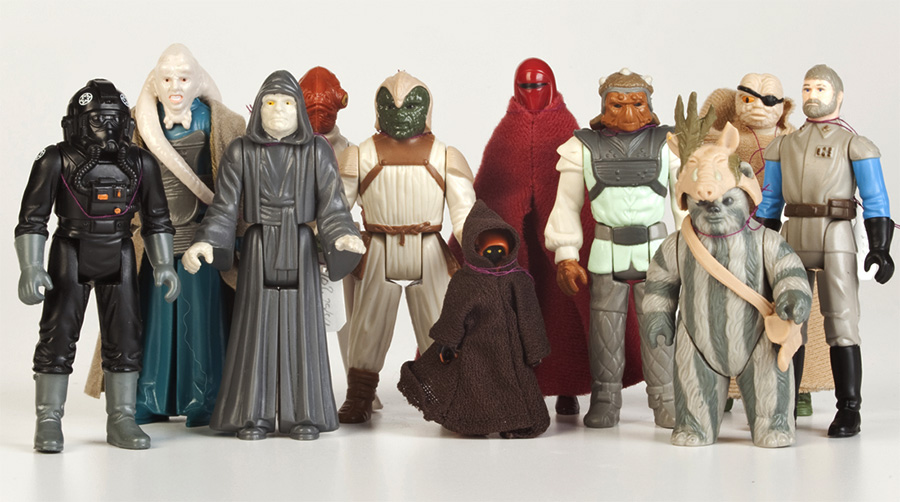
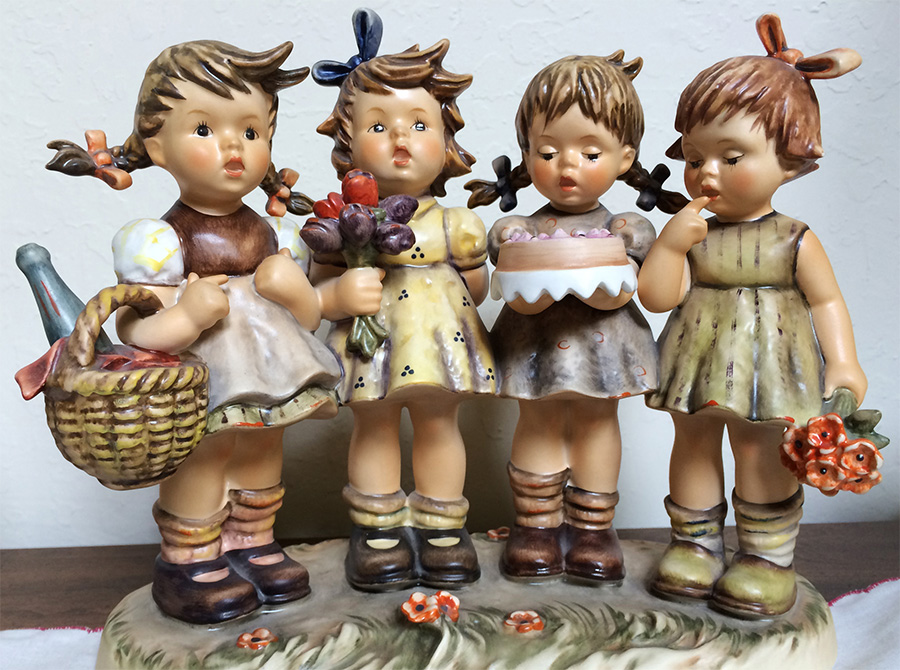
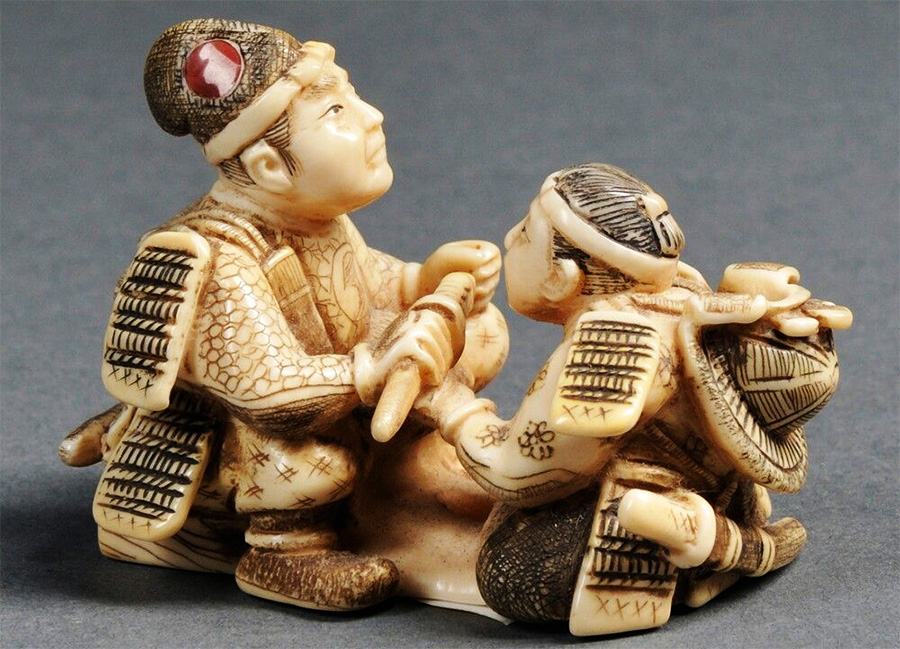
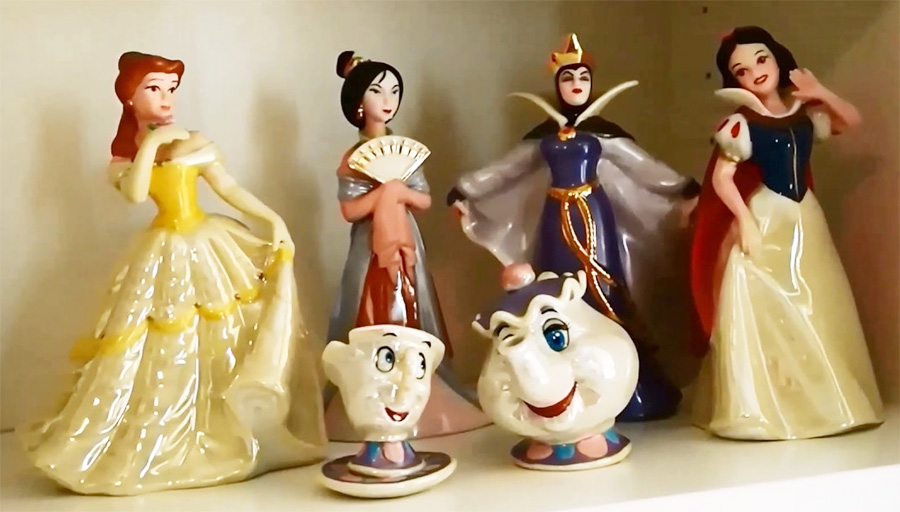
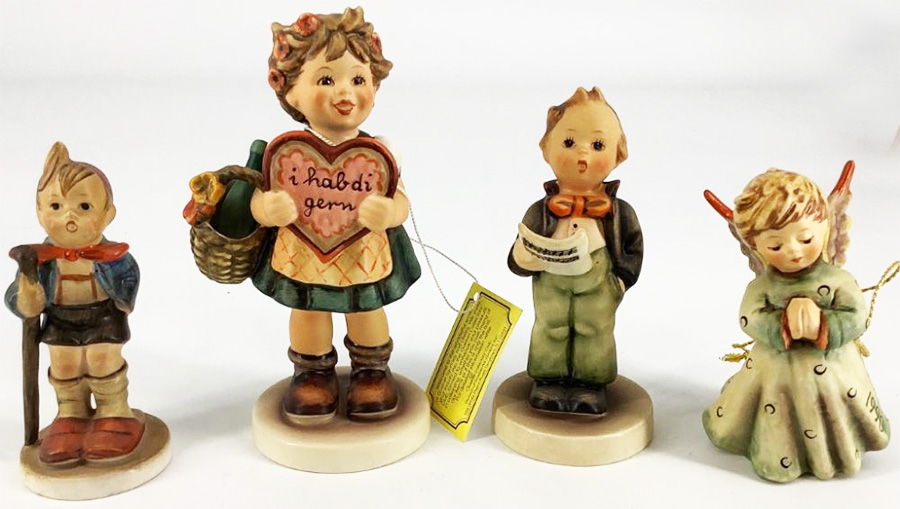
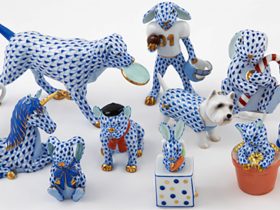
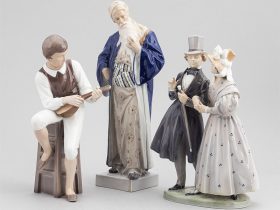
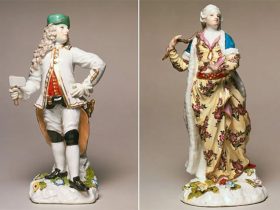

Leave a Reply